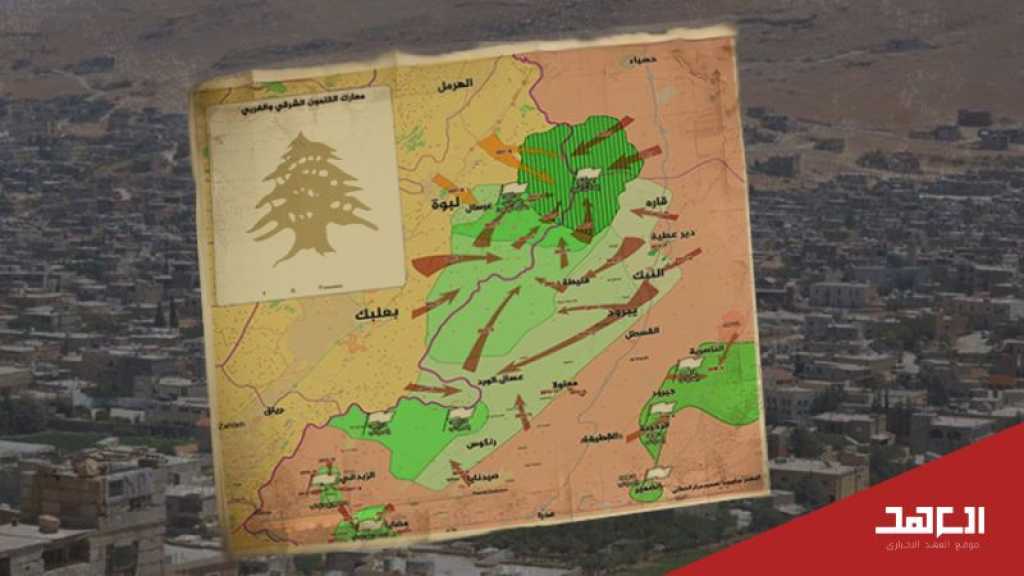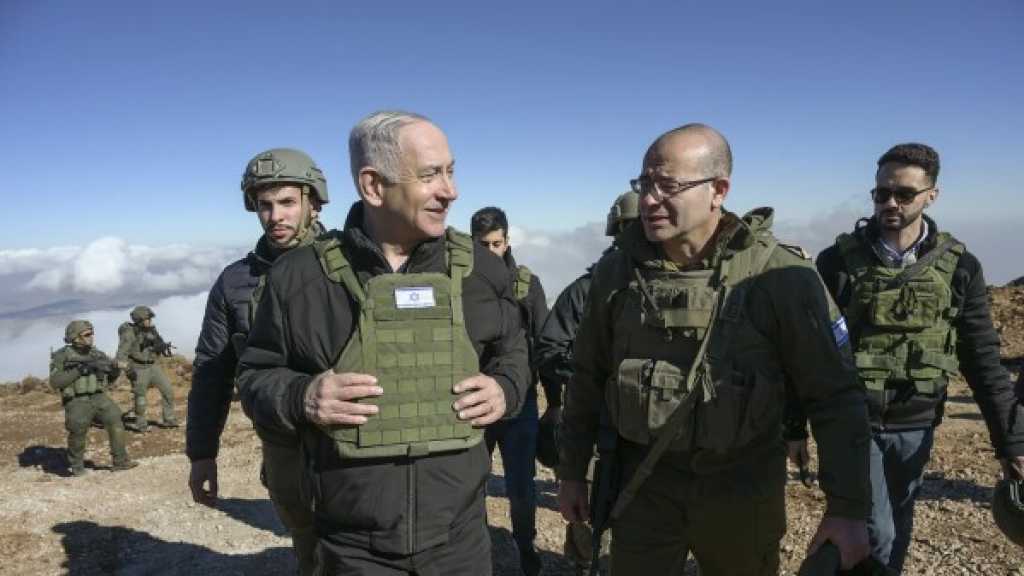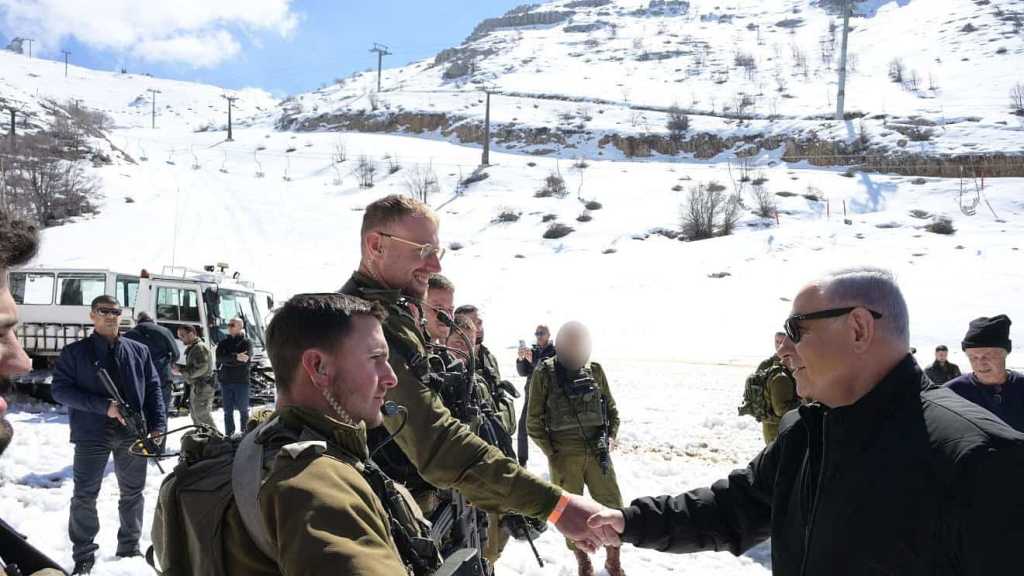The Anniversary of the Battle to Liberate Joroud: Victory With Strategic Dimensions

By Mohammad Eid
Syrian military experts believe that the battles to liberate the joroud [outskirts] marked a very important turning point in the Syrian war. In the aftermath, the “Israelis” and the Americans lost their ability to escalate the situation on the battlefield by using the Takfiri organization ISIS and the Nusra Front terrorist group.
This paved the way for a military resolution in large parts of Syria as the culture of defeat spread through the ranks of the terrorist groups working to serve “Israel”.
The importance and pivotal role of the battles to liberate joroud are widely understood. But there is a firm conviction among Syrian military experts that “a lot of ink has been spilled and will be spilled later in describing what happened with its strategic dimensions that changed the course of events towards a certain of victory.”
Strategic Victory
Talking to Al-Ahed News, military expert Walid Saleh tries to approach the battles to liberate joroud from all strategic aspects.
1- Importance:
- Qalamoun: The Qalamoun mountains form a strategic mountainous strip with a length of 120 km and a variable width between 10 and 35 km. It has an area of ??25,000 km2. It is bordered to the west by the barrens of Baalbek and to the east by the roads leading to the Syrian Desert and a large group of villages and small towns.
- Lebanon's outskirts: They stretch from the village of Arsal in the Lebanese Beqaa region to the outskirts of Baalbek. They are considered Lebanon’s eastern flank and one of the main outlets to Syria.
2- The field situation before the battle:
ISIS and Nusra militants controlled about 180 km2; Nusra seized 60 km2 of the entire area, and its areas of control were in the outskirts of Fleita. This situation posed a threat to both Lebanon and Syria as the areas became focal and launching points for attacks on the two countries.
3- The battle:
Syria called the battle "If you return, we will return". The Lebanese side called it Operation Fajr Al-Joroud [Dawn of the Outskirts] battle.
The battles were preceded by months of planning, starting with reconnaissance, military preparation, and coordination between the Syrian Arab Army, the Lebanese Army, and the Lebanese resistance. The battle began on 19-8-2017 with an attack by the Lebanese resistance and the Syrian Arab Army on Nusra positions on both sides of the border [the Fleita outskirts].
Next came the triple attack on the positions of the terrorist organization ISIS from all sides. This led to the dispersion of the concentration of ISIS forces, estimated at about a thousand fighters. Effective preparations for the battle, including accurate reconnaissance, the efficient use of artillery, and the high degree of coordination between the forces reduced the duration of the battle, which lasted on nine days. Meanwhile, human losses remained minimal. As for the Lebanese resistance, its units were fighting with the Syrian Arab Army and the Lebanese army.
4- The results:
All areas occupied by terrorist organizations were liberated, thus securing this soft flank between Syria and Lebanon. All roads connecting the two countries were also safe. In addition, the bodies of the martyrs from the resistance and the Lebanese army, which were previously held by terrorist organizations, were retrieved.
5- The conclusion:
Operation Fajr Al-Joroud is an important point in the struggle against terrorist organizations. It was a victory for the axis of resistance, a setback for the handlers behind the terrorists, and an additional setback for those who tried to create a permanent rift between the Syrian and Lebanese armies.
Military expert Walid Saleh concludes by highlighting the great role played by the Lebanese resistance in that important and difficult battle. He said that on this seventh anniversary of the battles, we must pray for the martyrs, including the martyred leader Fouad Shokor, who was the commander of the resistance forces fighting in the battle of Fajr al-Joroud.
Cumulative achievement:
For his part, military expert Brigadier General Qassem Qanbar, tells Al-Ahed that the operation that liberated the outskirts in an exemplary and ideal manner was the result of a remarkable cumulative effort undertaken by the Islamic Resistance for two years prior to the battles.
According to General Qanbar, the operation is one of the largest in Hezbollah’s history.
Qanbar also pointed out that the Syrian Arab Army and the Islamic Resistance in Lebanon eradicated the military presence of the Takfiri groups in the outskirts within four days.
Those groups believed that they had established a permanent presence that threatened Lebanon and Syria and overlooked the main road junctures in both countries, especially towards the Damascus-Homs international highway that reaches the coast and Aleppo in northern Syria.
The military expert concludes by pointing out that the first effective use of drones by the Islamic Resistance in Lebanon was in the battles of the outskirts.
He said that this was mentioned in "Israeli" reports, which stated that the introduction of the drones by Hezbollah benefited the group in its subsequent battles against “Israel”, especially in terms of information gathering, monitoring, directing forces, and targeting high areas. This explains the small number of martyrs and the ability of the resistance to avoid ambushes as a result of the large amount of information that the resistance obtained before the start of the battles.
Comments




